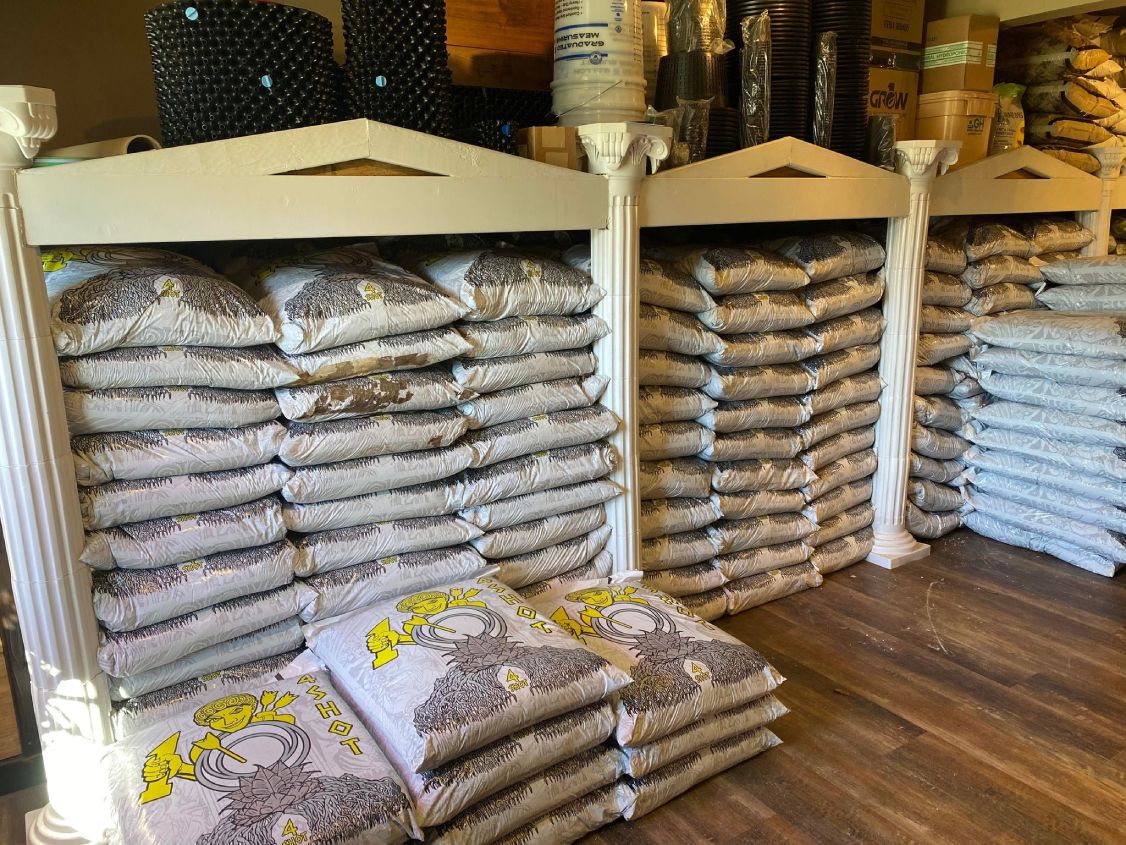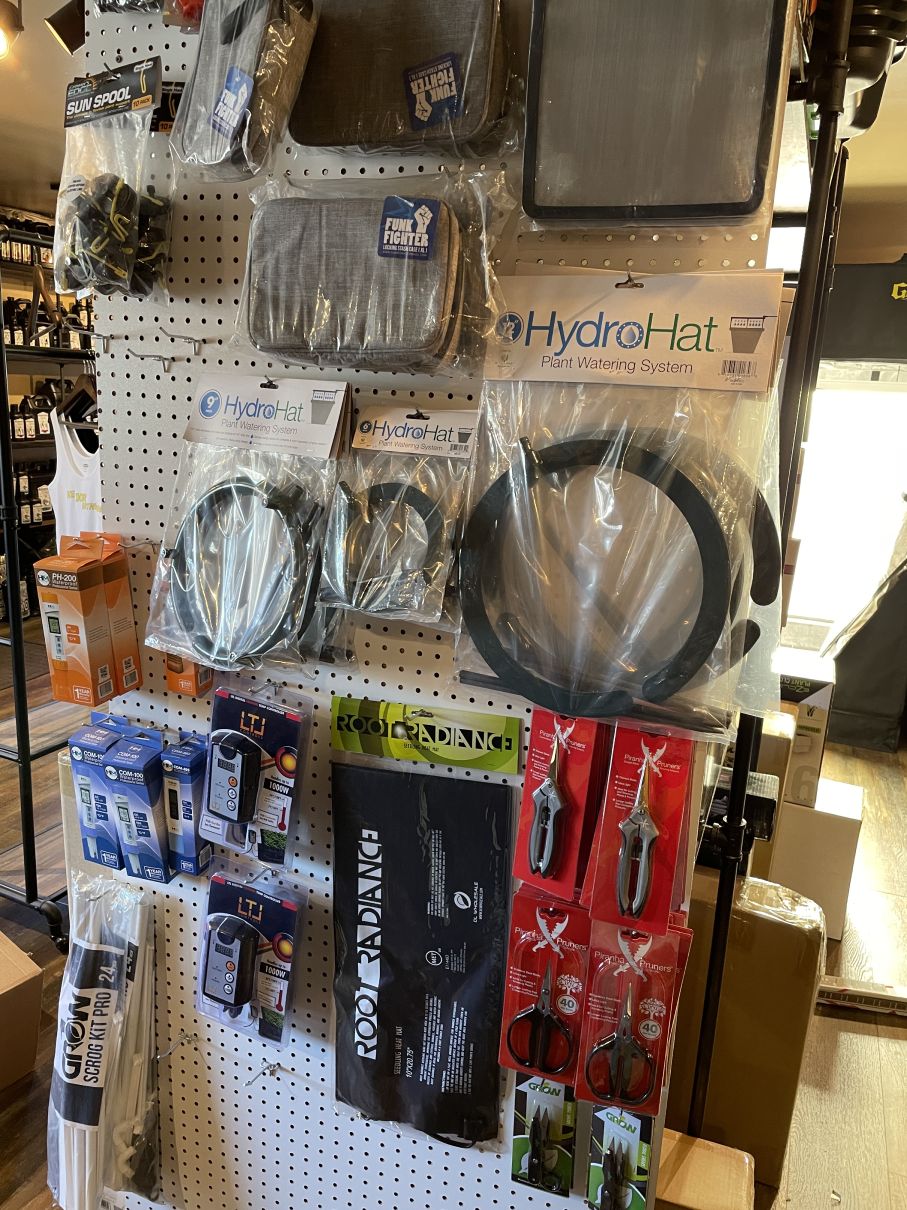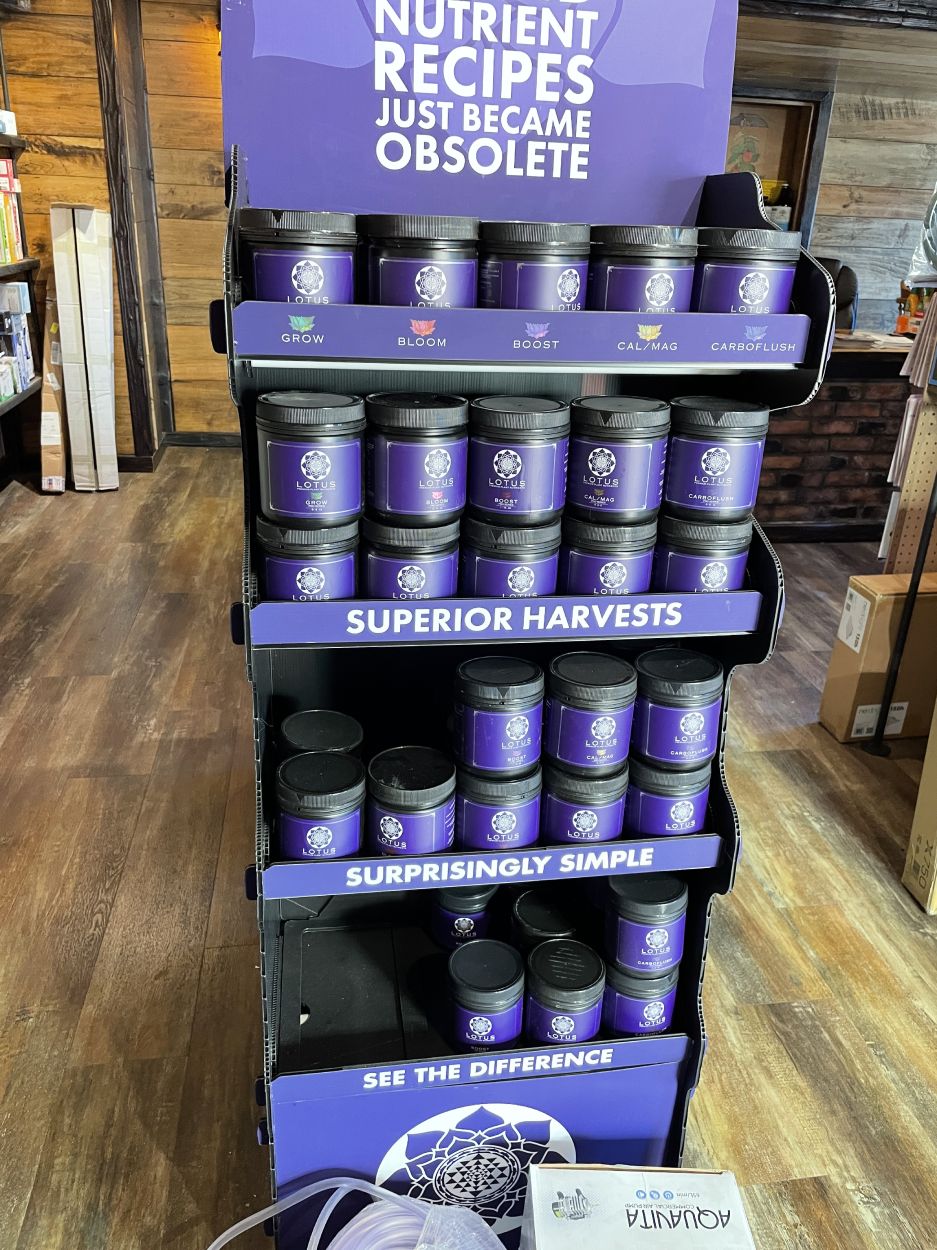Raise Your Gardening Game: Unveiling The Indoor Earthworm Planting Method
Raise Your Gardening Game: Unveiling The Indoor Earthworm Planting Method
Blog Article
Opening the Prospective of Hydroponics: Comprehending Its Utilizes and Various Kinds
Hydroponics, a technique of growing plants without dirt, has amassed boosting focus for its potential to transform agriculture and cultivation methods. The precision control over nutrient distribution, water use, and environmental aspects provides a look right into a future where food manufacturing can be enhanced in numerous settings. As we navigate through the detailed landscape of hydroponic systems and methods, it comes to be evident that each method holds distinctive advantages and restrictions. By unwinding the diverse uses and sorts of hydroponics, we can uncover a world of opportunities that may improve exactly how we picture sustainable farming and gardening techniques.
Benefits of Hydroponic Equipments

One more benefit of hydroponic systems is the capability to grow plants in a smaller sized area. Hydroponic systems lower the threat of soil-borne illness and bugs, as there is no soil to nurture these threats.
Common Makes Use Of in Farming

Given the efficient water preservation and space-saving benefits of hydroponic systems, it is noticeable that these ingenious agricultural methods have actually discovered usual usages in numerous sectors of agriculture. The controlled environment of hydroponic systems makes it possible for year-round cultivation, providing a consistent supply of fresh fruit and vegetables regardless of outside climate conditions.
Hydroponics is commonly made use of for expanding a variety of plants, consisting of leafy greens, tomatoes, cucumbers, natural herbs, peppers, and strawberries. Additionally, hydroponic systems are used in study and academic setups to examine plant growth, nutrition, and growing methods.
Checking Out Different Hydroponic Methods
Hydroponic systems use a variety of techniques that cater to different plant kinds and growing objectives. In addition, the Ebb and Circulation system, also understood as the Flood and Drainpipe system, periodically floods the plant roots with nutrient option, enabling for oxygenation throughout draining periods. Each of these techniques showcases the adaptability and efficiency of hydroponic systems in boosting plant growth and yield.
Contrasting Various Hydroponic Solutions
Checking out the efficiency and return improvement techniques in hydroponics leads us to contrast various hydroponic systems offered for plant cultivation. Each hydroponic system has its distinct functions, benefits, and limitations, making it vital for farmers to select the most suitable system based upon their certain Resources requirements and restrictions.
One of the most common hydroponic systems is the nutrient movie strategy (NFT), where a slim movie of nutrient remedy continuously moves over the plant origins. In contrast, the deep water culture (DWC) system submerges plant origins straight into the nutrient remedy, supplying ample oxygen and nutrients.
Another prominent hydroponic system is the ebb and circulation (or flooding and drainpipe) system, which periodically floodings the plant roots with nutrient option before draining it. This cyclic procedure guarantees proper oygenation for the origins while delivering nutrients successfully. Additionally, the aeroponic system suspends plant roots airborne and hazes them with a nutrient service, advertising quick growth and high oxygenation levels. Cultivators looking for a versatile system that decreases water use typically go with aeroponics. By recognizing the distinctions between these hydroponic systems, farmers can make enlightened choices to take full advantage of plant yield and top quality.
Technologies in Hydroponic Innovation
With innovations in hydroponic technology, the agricultural industry is witnessing a shift towards a lot more lasting and efficient cultivation methods. Developments in hydroponic innovation are revolutionizing the method plants are expanded by optimizing yields, saving resources, and lowering ecological effect. One crucial technology is the growth of smart hydroponic systems that make use of sensing units and automation to monitor and readjust environmental conditions such as pH levels, nutrient focus, and light direct exposure in real-time. These systems allow precise control over expanding conditions, causing optimum plant development and greater crop yields.
One more significant advancement is the combination of upright farming techniques with hydroponic systems, enabling the cultivation of plants in stacked layers. This upright method takes full advantage of area utilization, making it ideal for metropolitan environments where land availability is restricted - The Indoor Earthworm. Furthermore, making use of innovative LED illumination systems tailored to certain plant demands has boosted power performance and boosted development prices in hydroponic configurations
Developments like these are driving the evolution of hydroponics, making it a extremely attractive and lasting choice for contemporary farming.
Conclusion
To conclude, hydroponics provides countless benefits in agriculture and try this has various methods and systems that can be made use of to maximize its possibility. Innovations in hydroponic innovation remain to enhance efficiency and sustainability in food manufacturing. By recognizing the uses and different sorts of hydroponic systems, farmers and farmers can unlock the full possibility of this ingenious method of expanding plants without soil.
In addition, hydroponic systems allow for better control over nutrient levels, pH more information balance, and ecological problems, leading to much healthier plants and greater returns.

Report this page